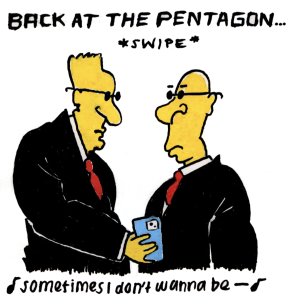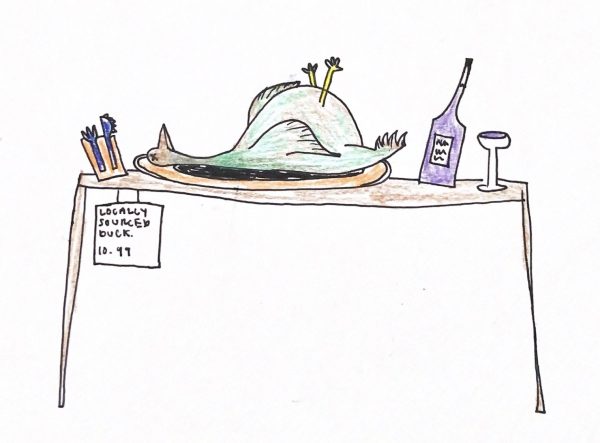Employees Speak, but Nobody Listens
May 4, 2017
For some the phrase “labor rights” might call to mind that grainy photo from the Lawrence Strike, the one with a mob of flag bearing laborers facing down a row of well armed soldiers. For others it might evoke the bloodstained face from the famed “Odessa Steps” scene in Eisenstein’s “Battleship Potemkin,” or maybe one of the spectacular tracking shots of protesters marching through the streets of Havana in Kalatazov’s “I Am Cuba,” or perhaps that shot of workers descending into the depths in Fritz Lang’s “Metropolis.”
Notice that all these images—the most emblematic images of the labor rights movement—are black and white. They are, in other words, old. They belong to an age when films were shot in monochrome out of necessity rather than for artistic effect, an age when going to the movies was a once-in-a-week communal event.
So, what happened? Did the issue of labor rights just disappear in the post-Technicolor age? Have we entered a utopia where the least well off are no longer exploited? Or is something far more sinister at play?
The answer is that since at least the 1950s there has been a sustained attack on laborers in the Western World. Workers have been atomized and rendered voiceless. As a result, the organizers of unions have had to move underground, forming vast networks of salts (people employed in low-wage work with the intent of organizing a union) working just under the noses of business owners. Only occasionally do their efforts bubble to the surface, often taking the form of a set of demands or a protest.
The last time I wrote an article on this topic I was spurred by the October 5 protests at Harvard. This time I’m responding to something far closer to home—the unionization of Bon Appetit (which, it should be noted, is a subsidiary of Compass Group, the largest contract food service company in the world) at Lewis and Clark College.
In both these cases—Harvard and L&C—there was hardly any coverage by mainstream news networks. In the first there was an article in the New York Times, but the bulk of commentary could only be found in alternative sources like Democracy Now and ZNet. In the second, the only article that I could find was put out by the union itself and could only be accessed via Facebook.
This is a travesty. When we think of labor rights our thoughts shouldn’t immediately dart to those black and white images mentioned earlier. Instead, we should be thinking about all the little acts of dissent happening every day. This is an imperative for anyone supporting themselves on the backs of low-wage workers, but especially for those of us who attend a school so similar to Lewis and Clark.









